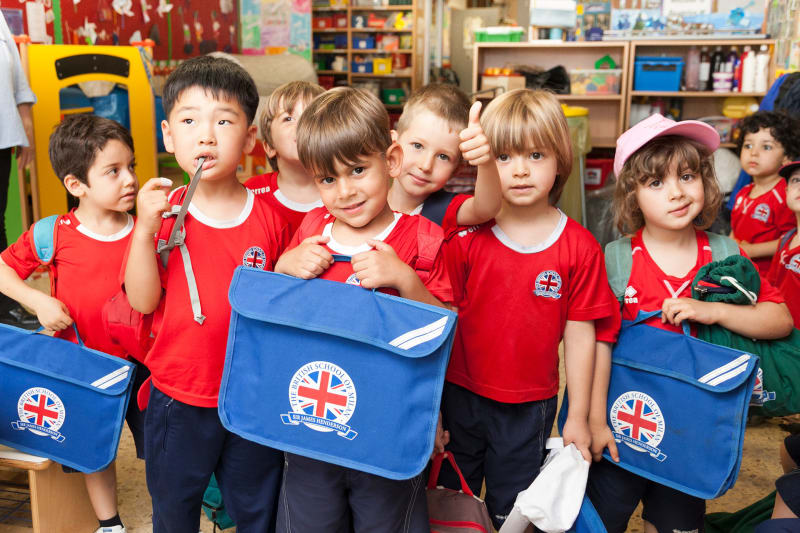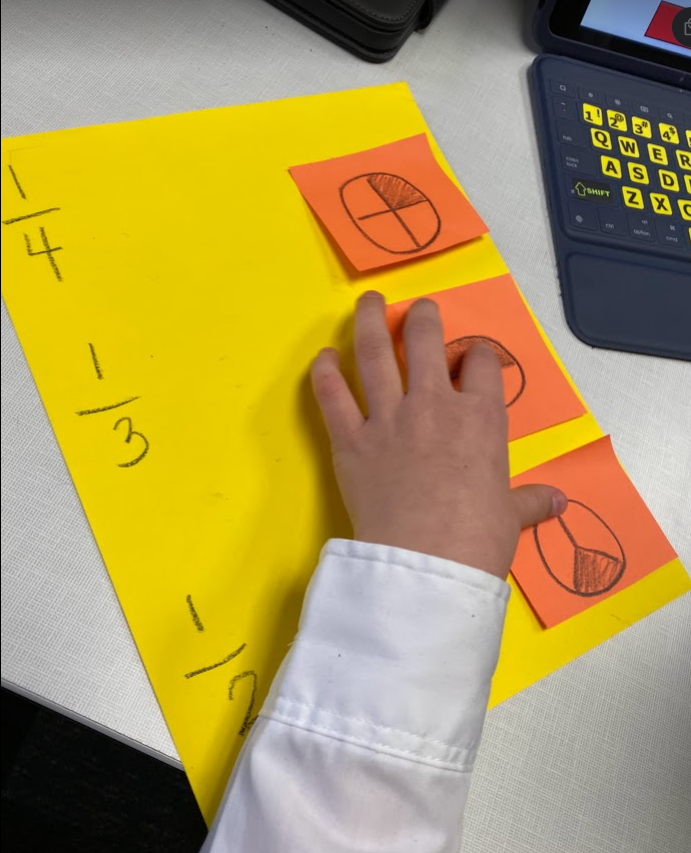Top Advice To Choosing Italian Kindergarten Teaching Didactics
Wiki Article
What Educational And Information Materials Do Primary And Kindergarten Schools Do They Require?
Materials are essential in kindergartens and primary school to help students learn and grow. Materials such as Curriculum materials are used to support learning objectives in the curriculum of schools. Some examples of materials that may be needed include: Curriculum materials- These materials are designed to support the learning objectives of the school's curriculum.
Classroom supplies – Classroom supplies such as pencils, paper, glue and scissors, and other art equipment are vital to help students finish their work and tasks.
Educational technology - In this digital age, educational tech like tablets and computers can provide students with additional resources and enhance their education.
Booksfor Kindergarten and Primary schools require a range of age-appropriate books to encourage reading and language development.
Children are able to develop the ability to think spatially and solve problems by manipulatives, such as blocks, games, and puzzles.
Visual aids - Posters, charts and maps are visual aids that aid children in learning and retention of important concepts.
Materials for art and music- Music and art materials like paints, instruments and clay supply children with a creative outlet and allow them to express themselves.
Safety Materials- To ensure the safety of students and employees, it's essential to carry safety equipment such as emergency procedures posters and first aid kits and fire extinguishers.
Overall, kindergarten and primary schools need a variety of educational and information resources to create an engaging and secure learning environment for their students. Read the top rated sostegno scuola infanzia for website info.

What Maths-Related Maths Instructional Cards Are Recommended By Italian Nurseries?
Maths didactic cards are an excellent method of introducing youngsters in Italian nurseries to basic math concepts. Maths didactic cards can comprise: Number Cards: These cards assist children to master numbers between 1 and 10, or even higher. It is possible to use illustrations to aid in learning by using animals or objects as the numbers.
Shape cards are a fantastic way to help your child understand the different shapes. For example they can show them how to distinguish and describe circles, squares and triangles. They could also feature images of real objects that illustrate each shape.
Color cards aid children in learning to discover the names and colors of various colors. They can be illustrated using objects that are mostly composed of a single color. This makes the process of learning more enjoyable.
Counting cards: Counting games help kids learn to count between 1 and 10 or more. They can have illustrations of animals or objects which represent each number.
Time cards: These cards aid youngsters to understand the notion of time, the names of the days of the week and the months of the calendar. They could also have pictures of clocks and calendars, making learning more exciting.
Maths didactics cards should be appropriate for children of a certain age, active and engaging. Teachers and caregivers can utilize these cards to design fun and interactive Maths activities that encourage children's curiosity and enthusiasm to learn. Take a look at the most popular schede didattiche matematica for website examples.

What Is The Best Way To Teach History In Italian Schools?
History didactics can be useful tool for introducing Italian young children to the fundamentals of history. There are many kinds of historical-themed cards. These cards may include pictures and information about the individual's career and life.
Timeline cards. Timeline charts are a great way to help children learn the order in which events occur, and how they relate. They may include images of important dates and events.
Cultural cards can help children understand different traditions and cultures, both past and current. These cards can include illustrations of traditional attire as well as music, food and traditions.
Artifact cards. These cards assist youngsters to comprehend and visualize historical events and their ways of life. These cards can include illustrations of objects from various styles and times.
Map cards: Map cards help children understand the history and geography of various countries and regions. Maps on these cards could include with historical details and drawings.
It is essential to select the right history-related educational materials that are age-appropriate, engaging and engaging for younger children. Teachers and parents are able to utilize these cards for exciting, interactive activities about history. They will stimulate children's curiosity and their excitement about learning about other cultures and the history of the past. Follow the best sostegno storia for blog advice.

What Are The Best Resources To Use In Teaching The Italian Language In Schools?
Teaching materials for geography at Italian nurseries can help children gain a better understanding of the world around them and learn about the different cultures and settings. Examples of the resources you may need for teaching geography are maps. Maps are helpful in helping children understand the various regions and countries, and the locations of natural features and landmarks.
Globes are a fantastic method to let kids see the Earth's surface and teach them about continents as well as oceans.
Images and videos: Photos and videos of locations and people from all over the world can help children understand diverse ways of living.
Books: Age appropriate books with a variety of countries and cultures will encourage children to become interested in the world of geography.
Natural materials can aid children learn about various ecosystems.
Field trips: A field trips to local parks or museums, zoos, and zoos can give children a hands-on experience and an chance to explore geography in a real-world context.
It is crucial to select materials for geography education that are both age-appropriate as well as culturally sensitive. These materials allow caregivers and teachers to create fun and interactive activities that foster the love of learning among children and curiosity. See the top materiale didattico geografia for more tips.
